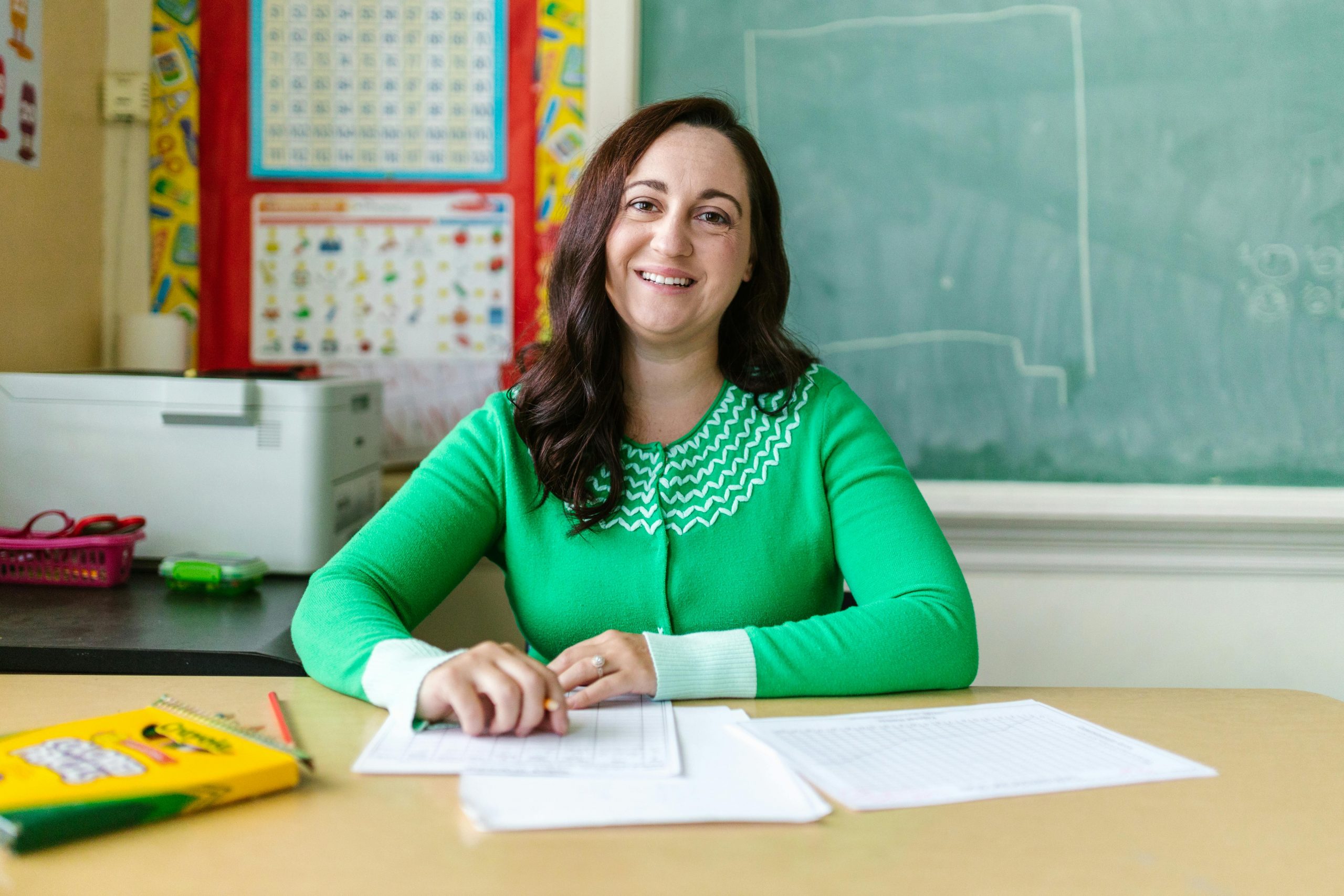If you are conducting a systematic process to bring new ideas into your classroom, but you feel unsure how to start, you may find this article useful. To conduct an effective project-based learning (PBL) activity, you need to adapt to new developments and technologies that are available. It therefore makes sense to utilize the student’s familiarity with technology from a young age in order to maximize their engagement in the classroom.
PBL in the elementary grades contains classroom-tested guidance, including step-by-step instructions and tips on how to use planning tools. This can be used in development workshops or just as a stand-alone guide. PBL is well designed to show results. The self-directed lessons require lots of advance planning and preparation.
These lessons begin with an idea and an essential question that the student must seek answers for. It is important to know that content standards have to be addressed when designing the project. Once your elementary grade students have devised a plan, they can integrate it into many subjects.
Having the right materials and resources accessible to the students is important. To implement PBL, you need to start by coming up with an essential question. Next, you need to help the student design a plan for the project and create a schedule. By monitoring the progress of the task and assessing the results, you can evaluate the experience.
The kind of question that launches a PBL lesson must be engaging to the student. Remember that there is not just one solution or answer to the situation and this must be emphasized to the students. PBL grabs hold of many notions and fosters deep learning in order to engage your students. With the available resources, you can use a variety of approaches and research for solutions. You can transform your students into independent thinkers who are interested and engaged in the assigned task.
All the best,
Steve









